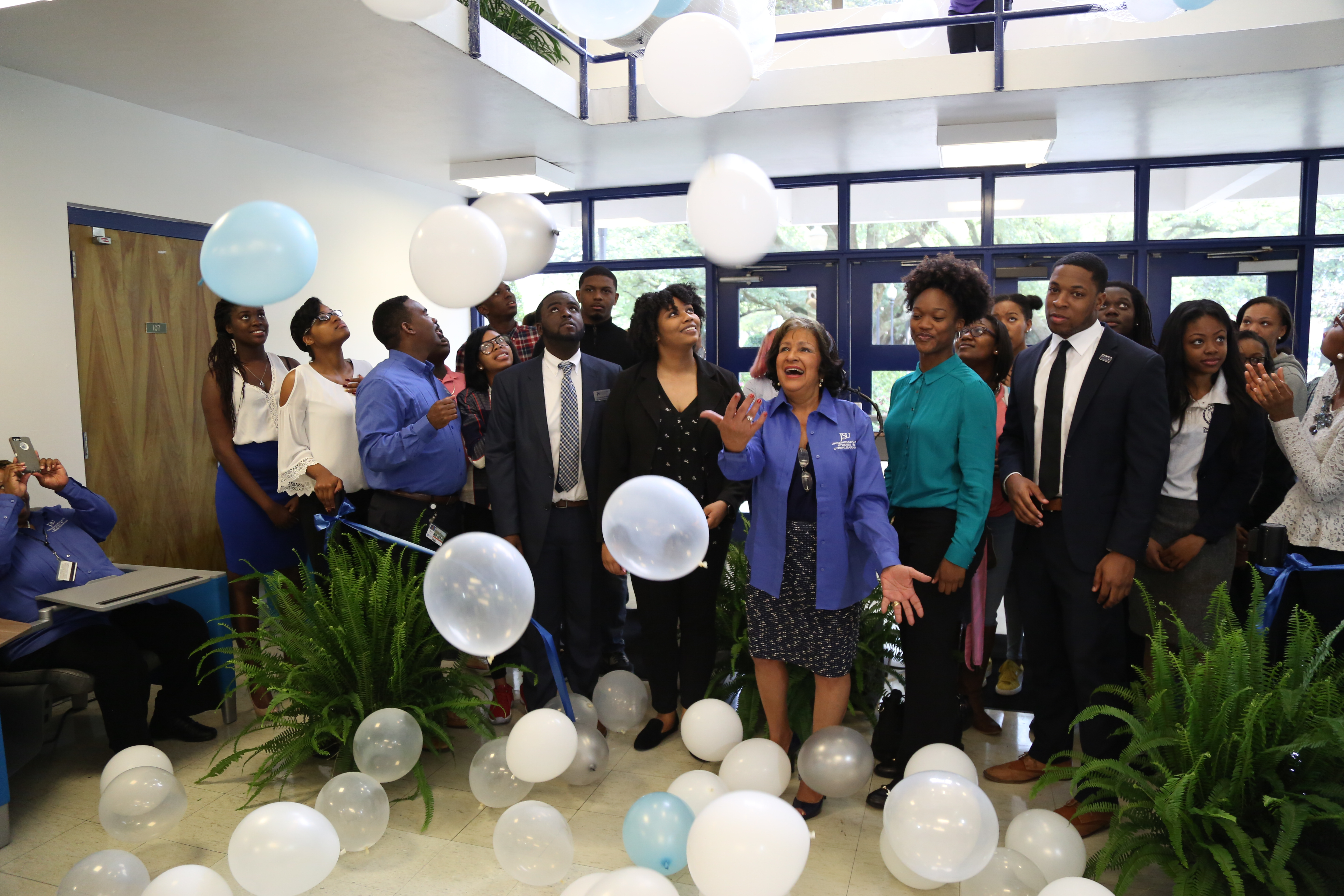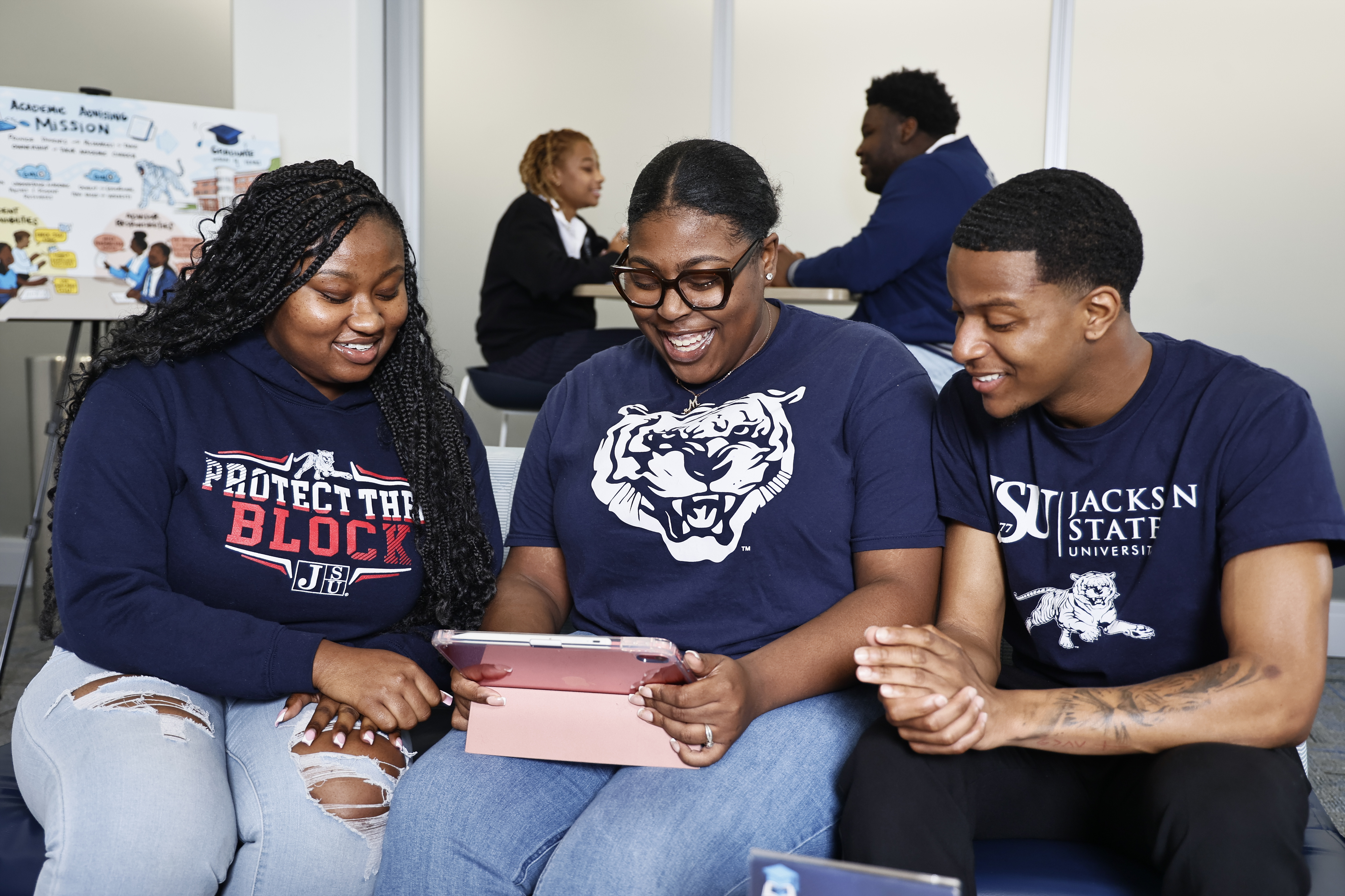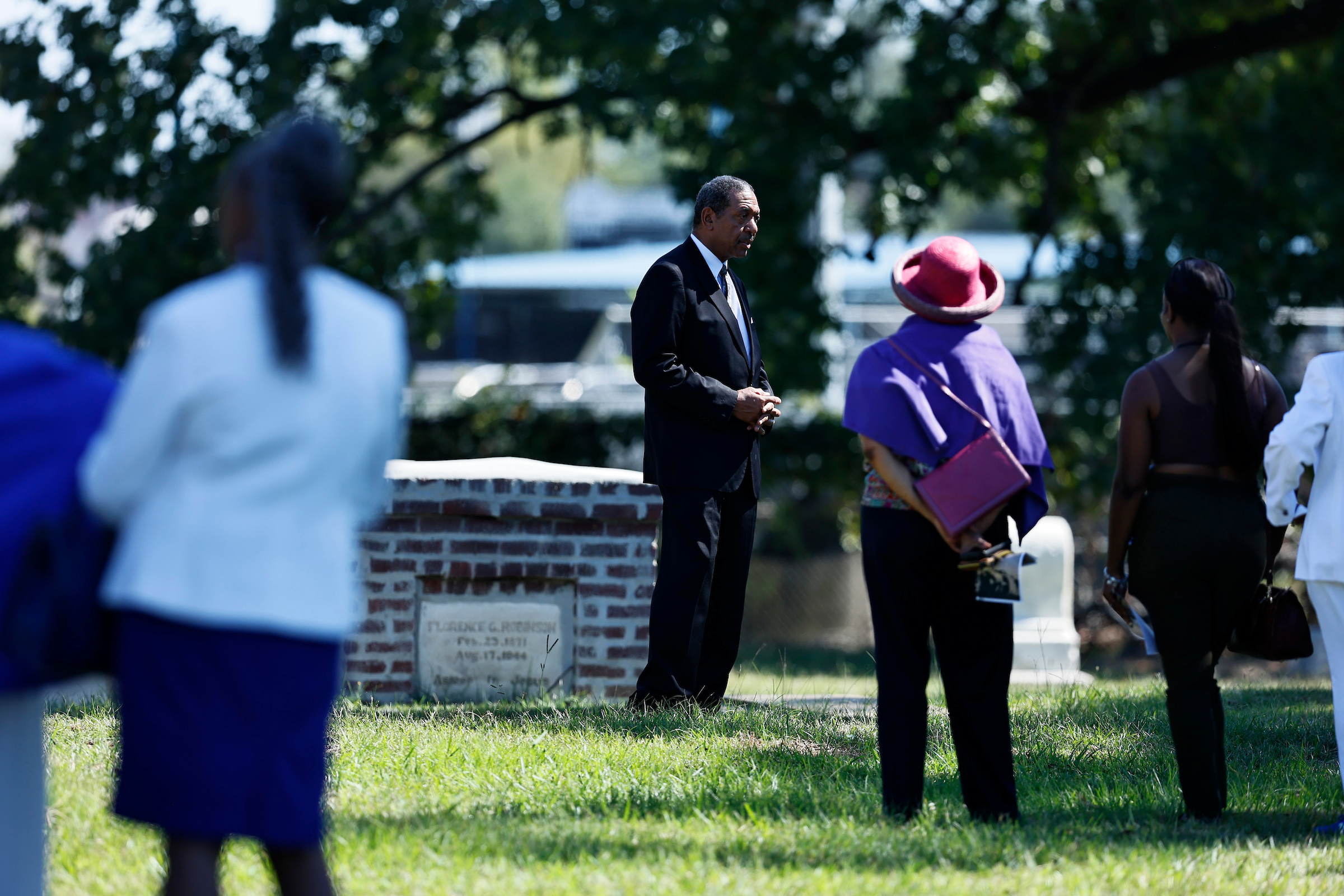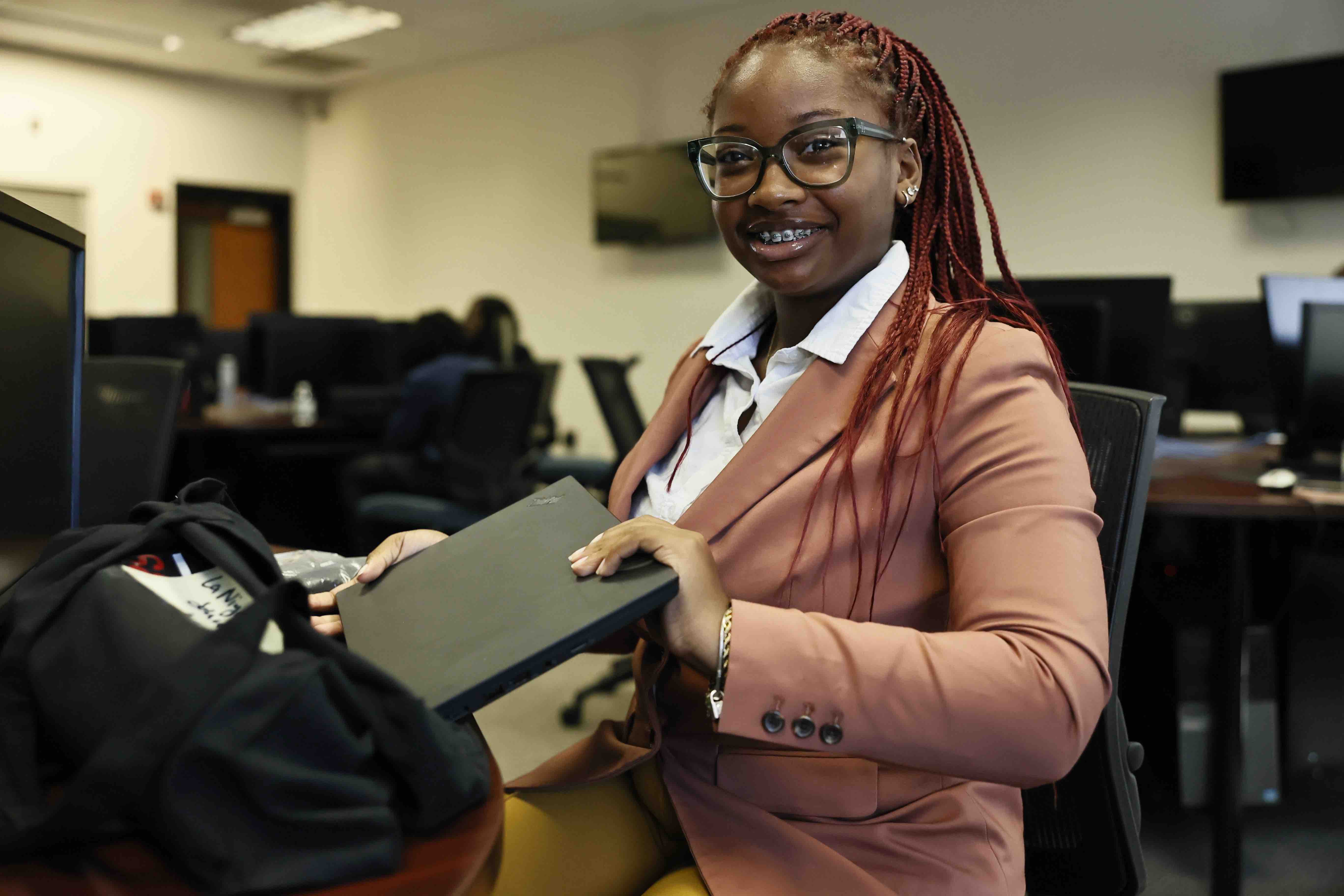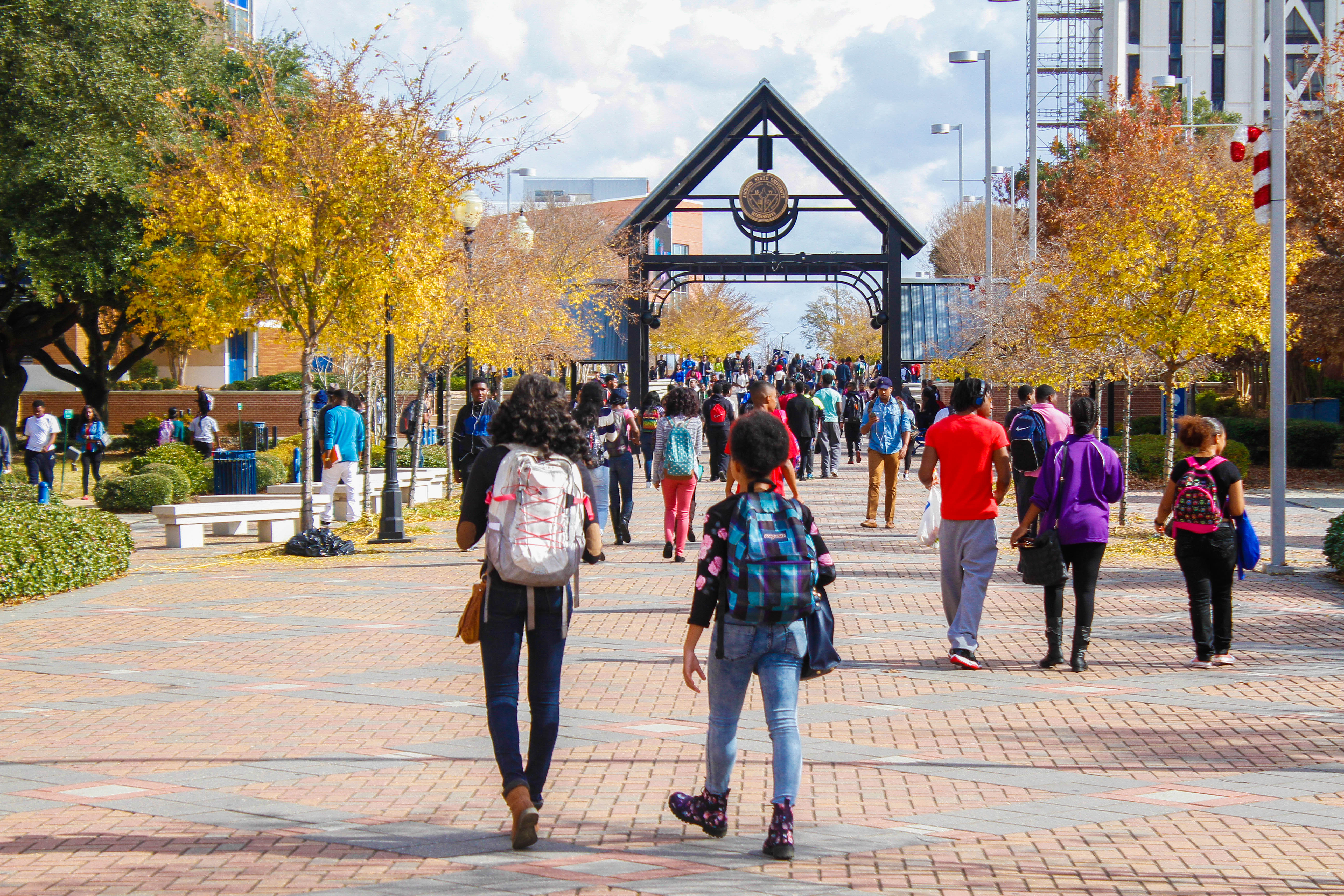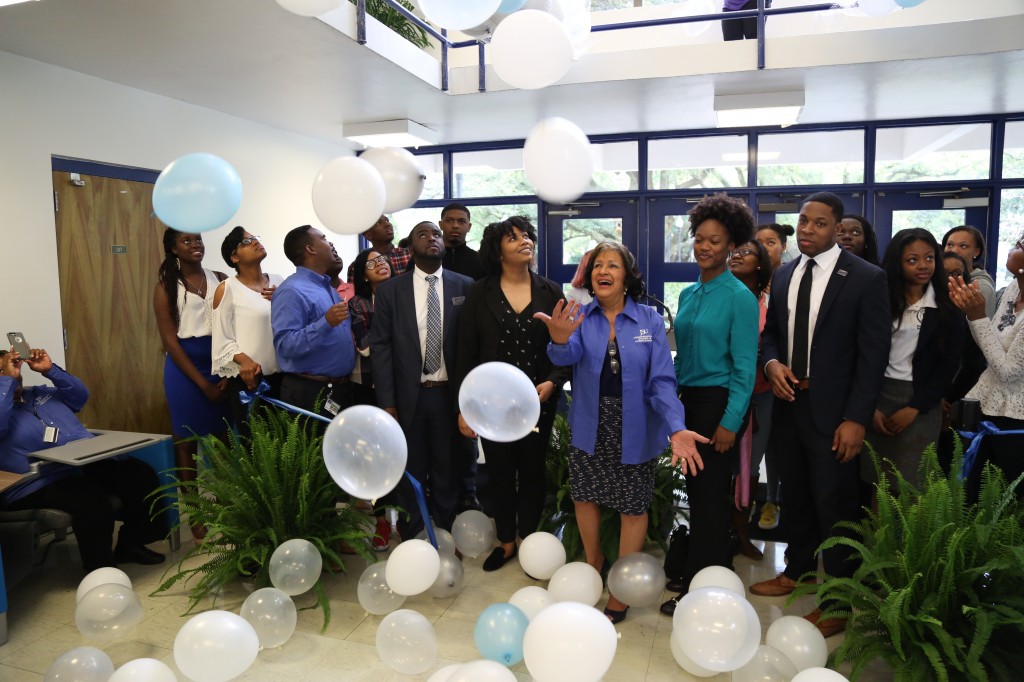
![]() The grand reopening of the Charles F. Moore building on Thursday at Jackson State University included a tour showcasing new 21st century learning centers sparked by a grant awarded to Jackson State University by the Bill & Melinda Gates Foundation.
The grand reopening of the Charles F. Moore building on Thursday at Jackson State University included a tour showcasing new 21st century learning centers sparked by a grant awarded to Jackson State University by the Bill & Melinda Gates Foundation.
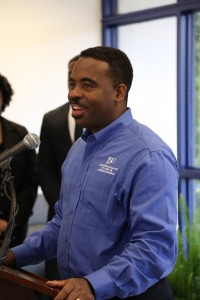
After a yearlong planning process, the home of Undergraduate Studies has morphed into a state-of-the-art facility with a revamped lobby that serves as a charging station for electronic devices and new workspaces throughout the building for students. Changes include newly installed desks and monitors for interactive communications to foster an environment of creativity for faculty, staff and students.
Dr. Robert Blaine, dean of Undergraduate Studies and CyberLearning at JSU, said the learning spaces have been redesigned to support three pillars: active learning; using technology to expand the bounds of the traditional classroom; and enabling students to create their own primary resource materials in their discipline.
Blaine said he’s especially thrilled because classrooms are set up for collaborative learning – some resembling lounges – that allow students to talk to each other and jointly solve problems.
“Students needed an environment for processing information and creating knowledge and new opportunities,” he said.
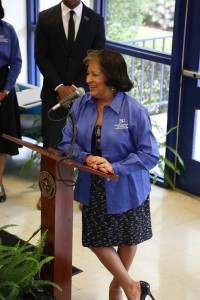
JSU President Carolyn W. Meyers, said, “This is just what our faculty, staff and students deserve. This upgraded facility will allow them to transfer, create and synthesize new knowledge. This is an example of the wealth of this institution, providing hope for the future of Mississippi and the world, which is your playground.”
Furthermore, said Meyers, “Our focus here is preparing the next generation of leaders who will impact us for the rest of our lives. You will be the change that the future will thrive on. This progress will enable us to keep on thinking for the 21st century.”
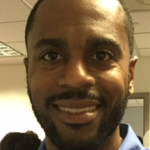
Corey Bryant, coordinator of computer labs for Undergraduate Studies, said, “The updates are excellent because students are able to express their creativity. Today’s generation grew up on cell phones and other technology. … So, you want to tap into their existing skills so they can assemble and dialogue to help advance technology and humanity.”
Bryant, explaining the facility’s new discussion room, said he envisions students developing apps, for example, in a nontraditional setting.
“Students will love theses changes because typically, in some educational settings, students are ordered to put away their technology. We, on the other hand, promote technology. We ask them to pull out their devices to explore what they can do. Instead of being on social media all the time, let’s see more of your creative side. The sky is the limit. We give students the freedom and resources to be adventurous.”
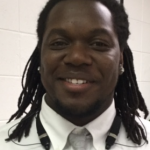
There’s also a Professional Advisement Center (PAC), which encourages interactive communications between students and advisers for completing their academic schedules and setting academic and personal goals.
“The center allows students and advisers to get better acquainted,” said freshman biology major Mitchell Brown of Olive Branch. An honors college student, Brown said, “This more relaxed area is a great improvement. Now, you can sit side by side with your adviser and carve out your future.”
Jennifer Scott-Gilmore, coordinator of transfer student services
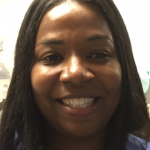
for Undergraduate Studies, said, “The new interactive design of the classrooms gives students a hands-on approach to learning and helps them form different perspectives from their peers. Students can incorporate their learning with iPads, using mondoboards. … As well, the new infrastructure is very cohesive, and presentation is very important to learning. Now, students feel that their education is valued,” she said.
A central part of this endeavor, said Blaine, is that the new technological infrastructure was made possible because of strong external assistance.
“We’ve been able to achieve this thanks to the support of the Bill & Melinda Gates Foundation. We were named as an institutional partner earlier this year, and it supported us and provided the funding so that we could move forward by re-imagining the learning experience for our students.”



